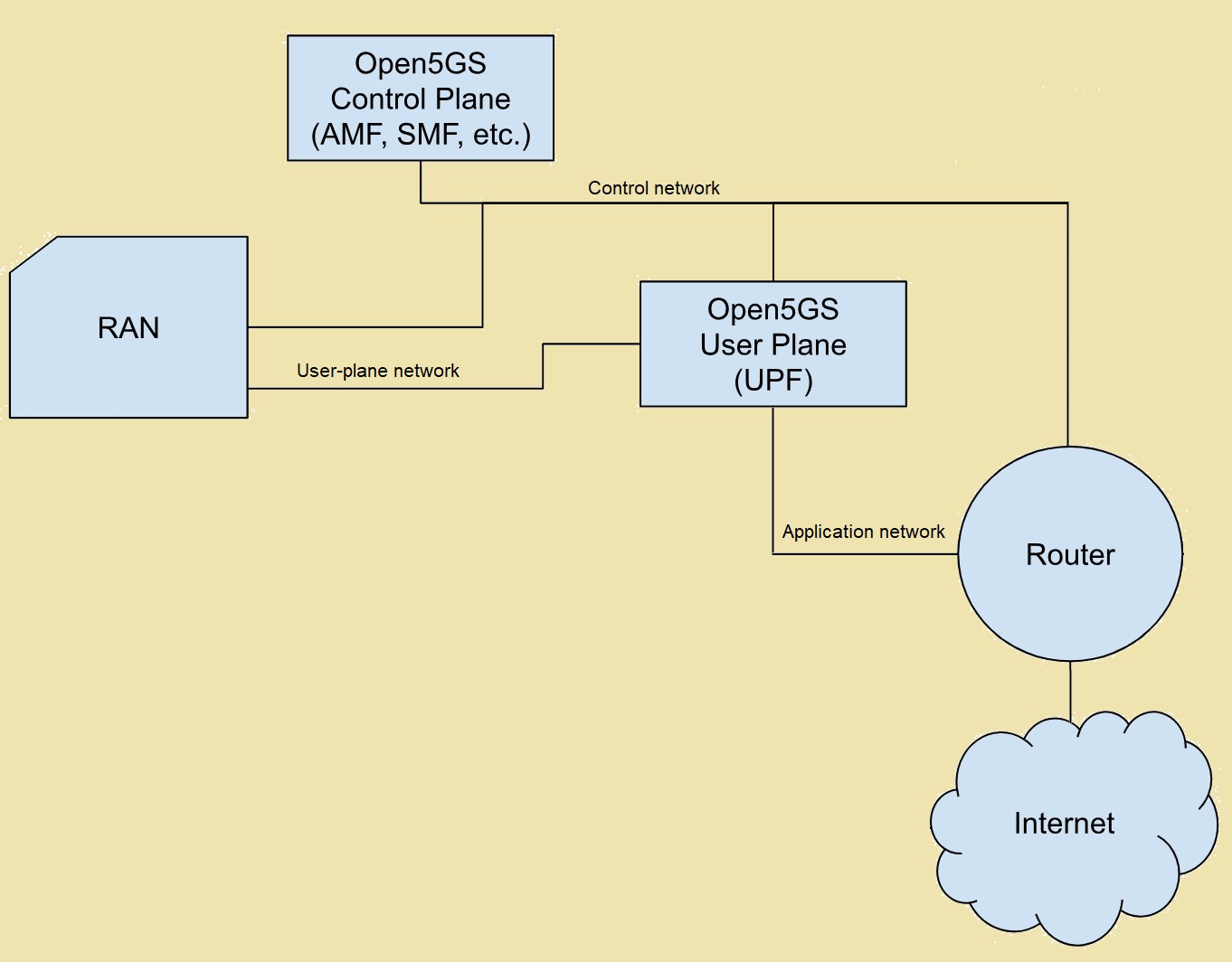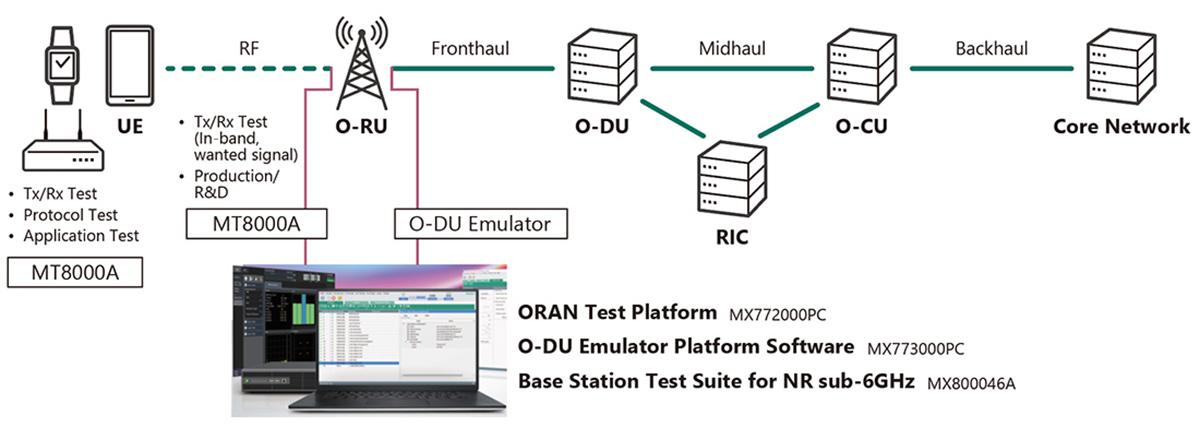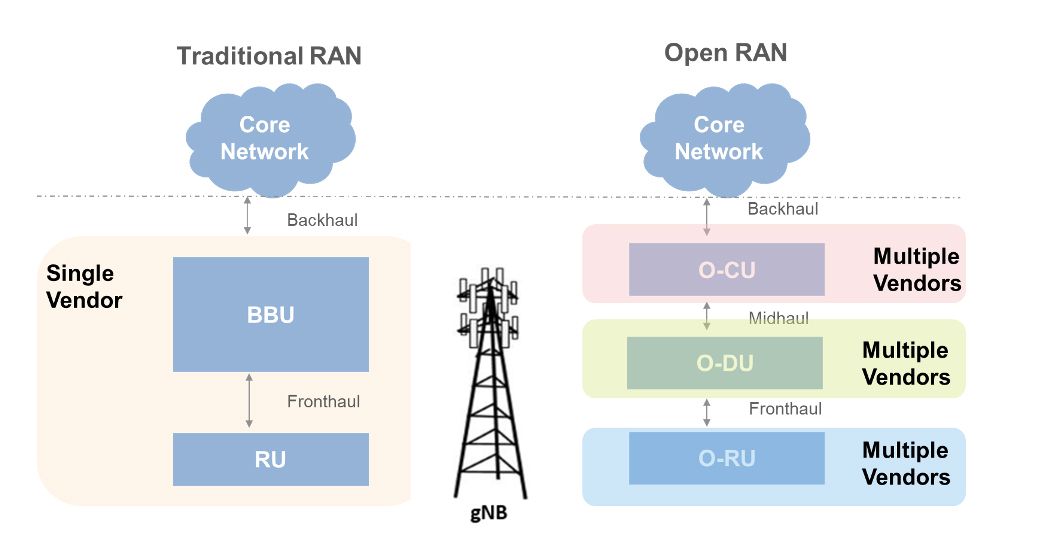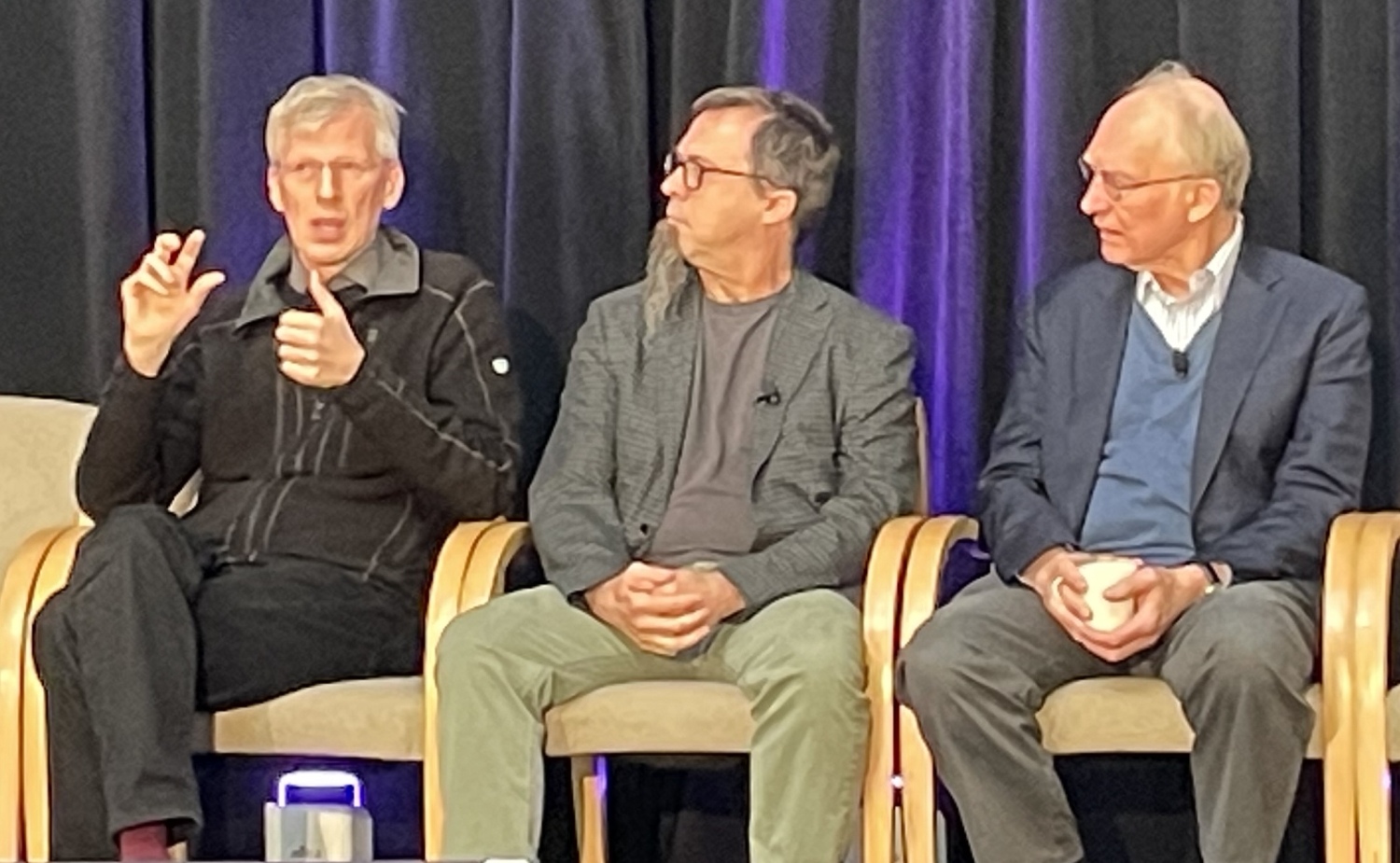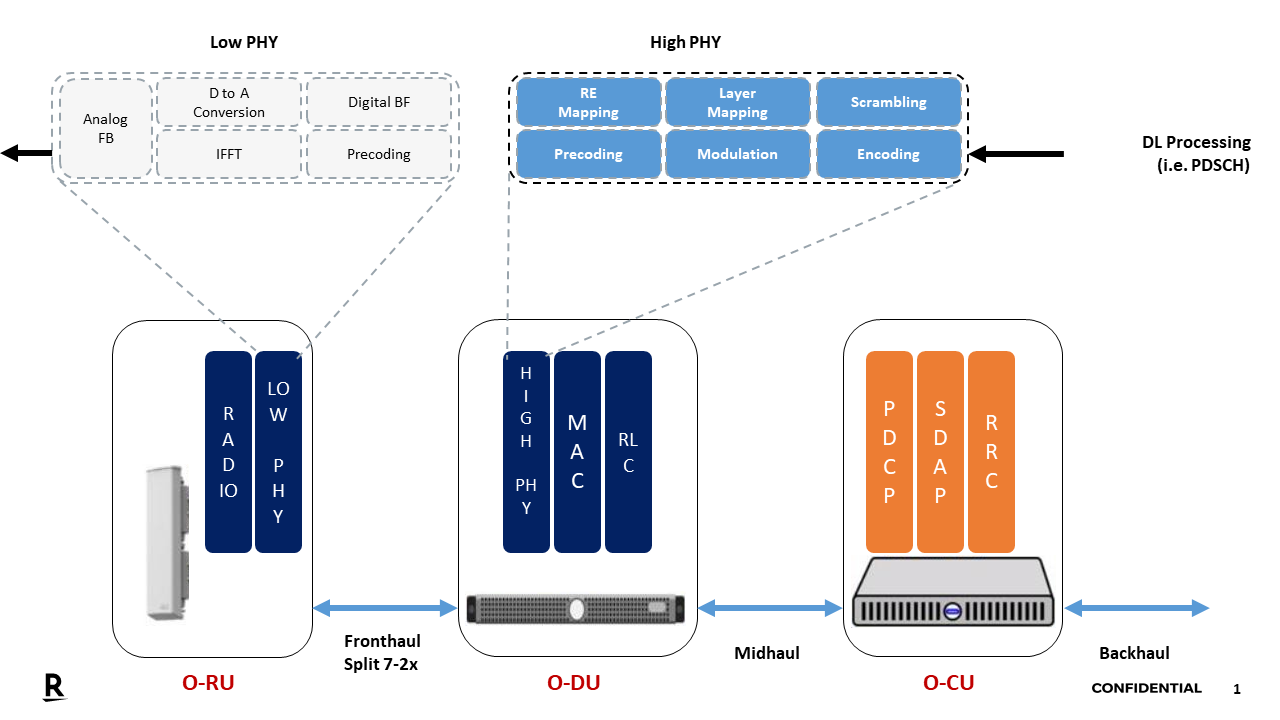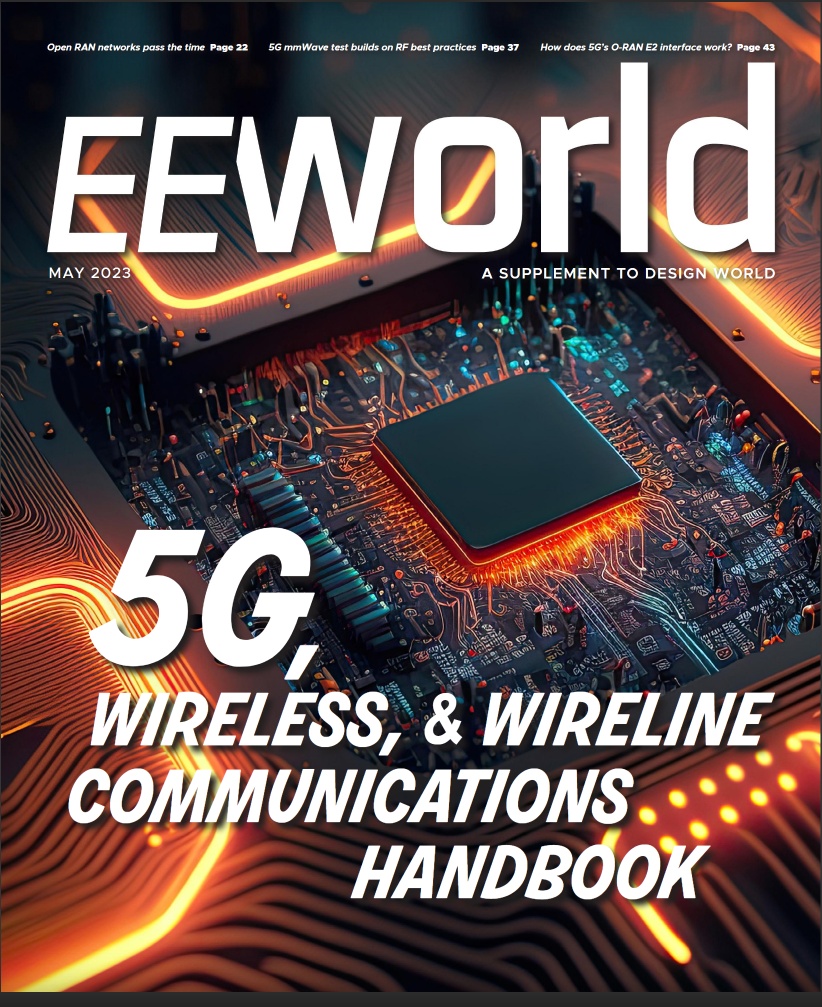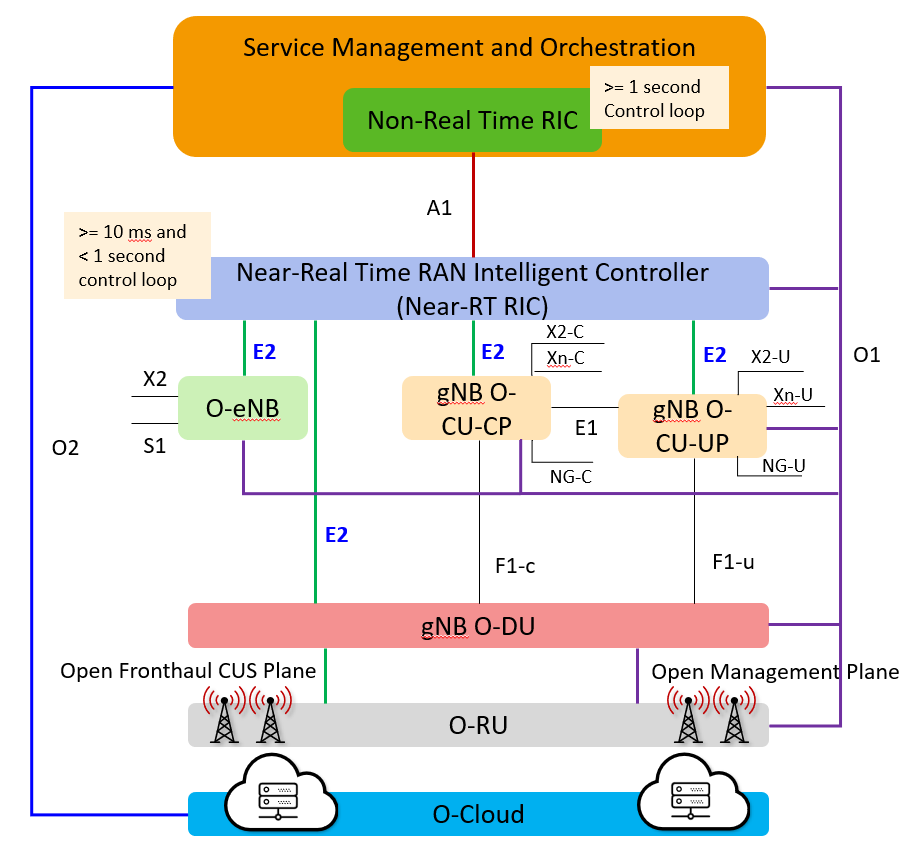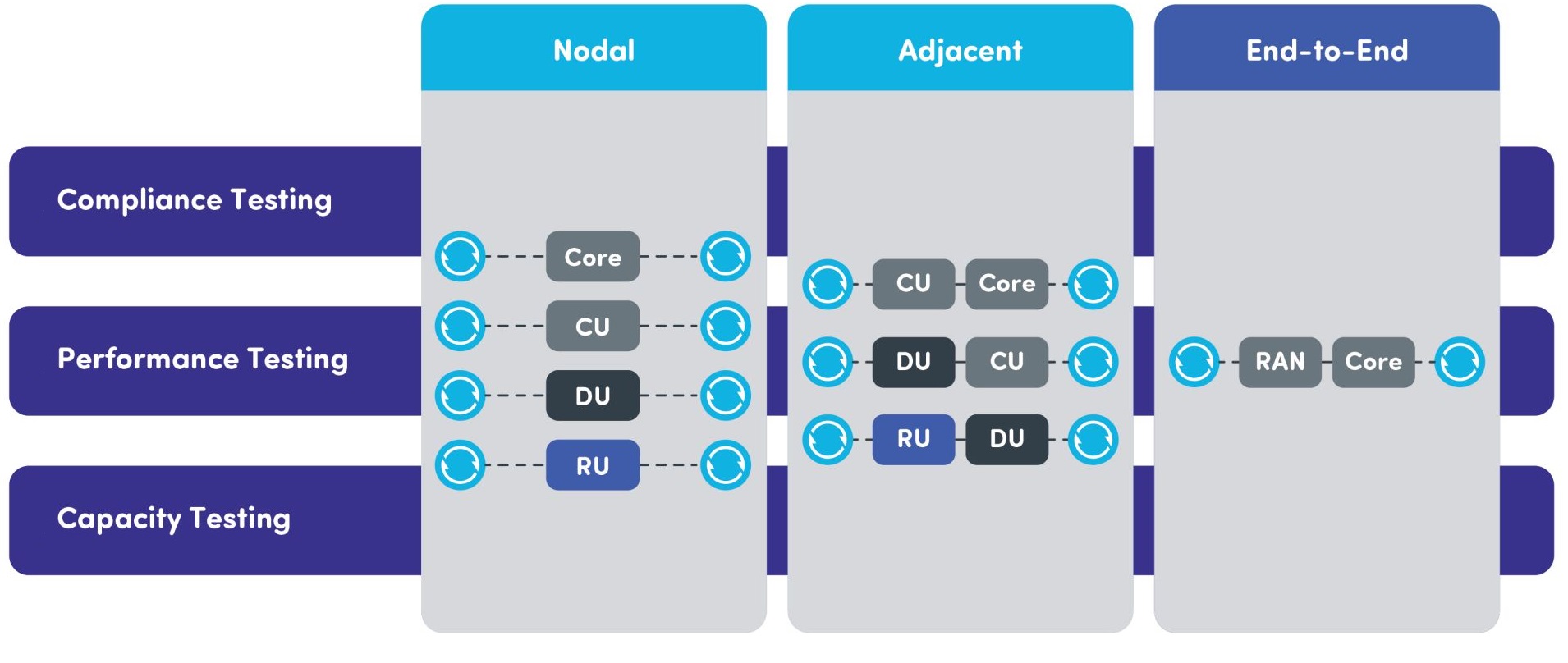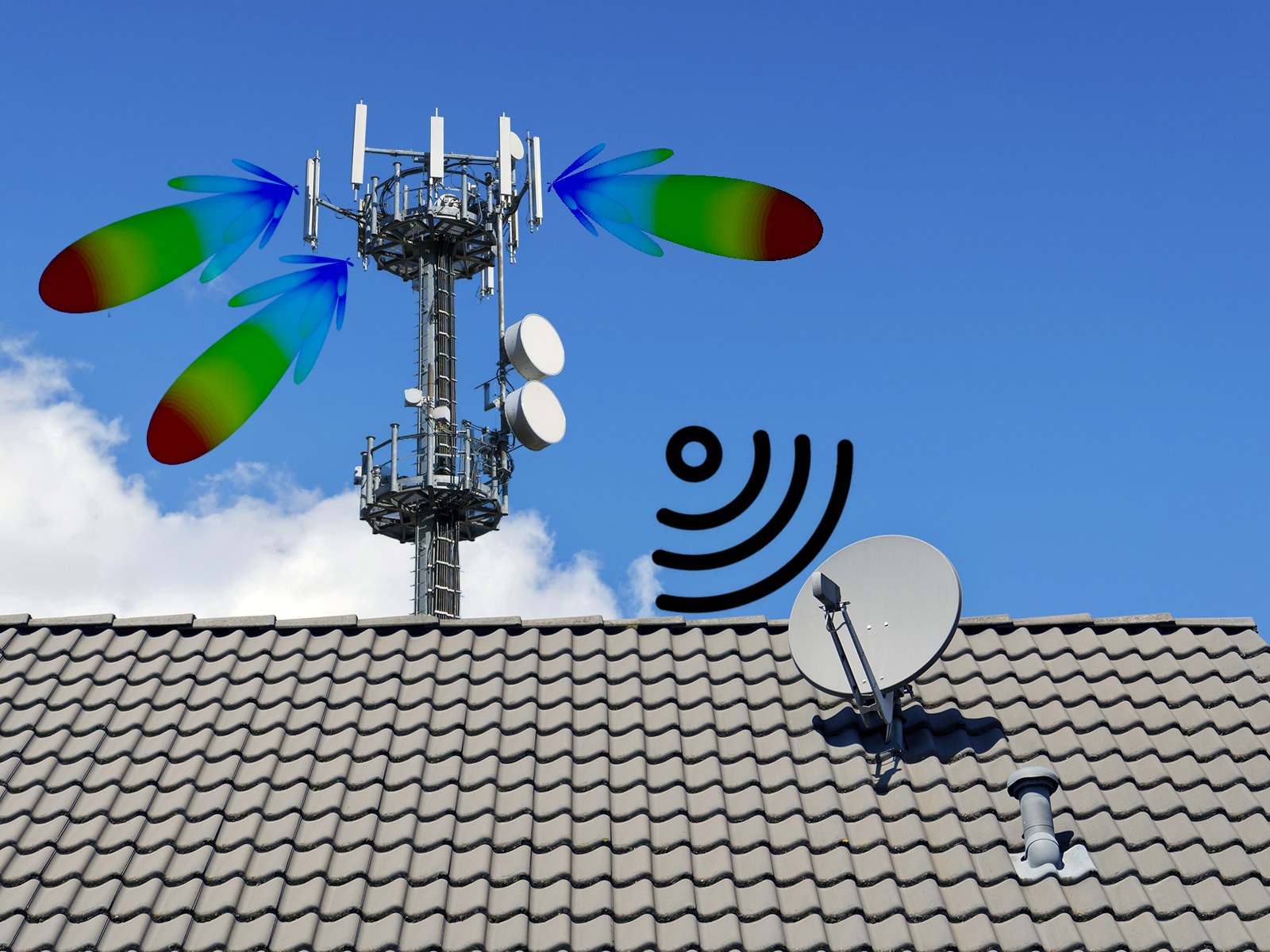Open-source software provides network components that you can use to simulate 5G network functions from the network core to the radio. Developing and deploying a laboratory infrastructure to support testing 5G and open radio-access network (Open RAN) systems can present a daunting and complex task. Prior to Open RAN, this task was only possible by…
How do you test an Open RAN installation?
Open RAN telecom networks need testing for each disaggregated component, but that’s not enough. End-to-end testing is also necessary. In How do Open RAN interfaces work?, we covered how Open RAN redefines traditional RAN architecture by disaggregating it into three primary components: the radio unit (RU), distributed unit (DU), and centralized unit (CU). This paradigm…
How do Open RAN interfaces work?
The O-RAN Alliance has developed specifications for communications interfaces between components of an Open RAN. This FAQ explains the functions of each.
6G Symposium: The discussions continue
The 6G Symposium took place on October 18 and 19, 2023, in Washington, DC. This year, the talk was more about use cases, with less talk about sustainability than in the past. One week before the symposium, I heard two contrasting views on 5G given at a virtual conference. In the morning, Chris Pearson of…
Why O-RAN sync monitoring needs AI/ML
As Open RAN deployments gather pace and accurate timing, synchronization has emerged as a critical step toward consistent performance. It is a complex task, with devices requiring time synchronization to UTC reference via IEEE PTP/SyncE-based boundary clocks, slave clocks, PRTC clocks with GNSS receivers, as well as accurate, real-time monitoring in support of customer SLAs.…
How to improve Open RAN security at the hardware level
Open RAN telecom network security begins in the microprocessors that control telecom network equipment. Configure and use these processors with secure booting and build trust.
EE World’s 2023 communications handbook is here
Our 2023 5G, Wired, & Wireless Handbook is now available in ebook form. Download your copy today. It started on a cold January day with an editorial call. A month later, the abstracts came in. After another month, the manuscripts came in. Then came the editing and some back-and-forth with the authors. Next, it was…
How does 5G’s O-RAN E2 interface work?
Open radio-access networks (Open RAN) disaggregate a cell tower’s baseband unit into three units. The 5G Open RAN architecture specified by 3GPP separates functions into a centralized unit (CU) and distributed unit (DU), where these functions were otherwise contained in the baseband unit, which also included the radio. These units provide network operators with the…
Spirent completes Open RAN testing with three functions
The addition of a “wraparound” distributed unit test product for distributed units augments previous test suites for radio units and centralized units. Open radio-access networks (Open RAN) disaggregate a base station’s baseband unit (BBU) — the unit between the antenna and network core — into three parts: Radio unit, RU or O-RU; Distributed unit, DU…
Coalition pushes 12 GHz for 5G
At a press conference with 5G Technology World present, the 12 GHz for 5G Coalition continued its effort to change FCC rules and open 500 MHz for terrestrial use.

